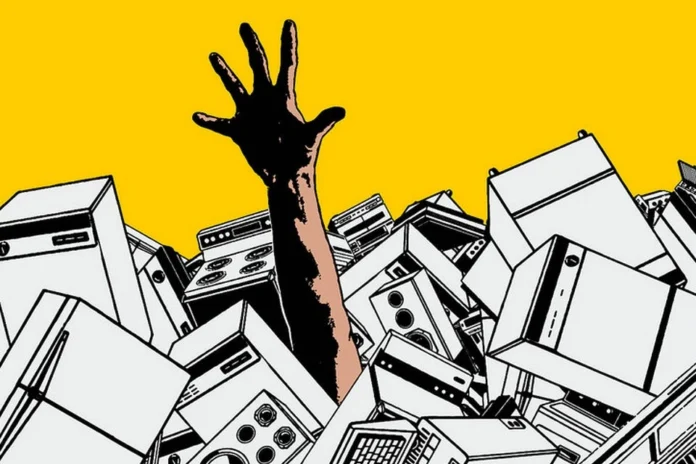Table of Contents
1. Introduction
Consumerism is the prevailing societal and economic system that actively promotes the ongoing and excessive acquisition of goods and services on a larger scale. This widespread phenomenon has become increasingly prominent and reinforced during significant periods such as the industrial revolution and the 20th and 21st centuries. The rise of mass production and sophisticated marketing techniques have played a crucial role in fostering a culture centered around the relentless pursuit of material possessions.
This culture has firmly established a strong connection between the act of consuming products and an individual”s social status, accomplishments, and overall fulfillment in life.
This prevailing mindset often emphasizes materialism, indicative of judging people”s worth based on their possessions, and regarding the consumption of branded products as a means to conform or stand out.
While consumerism can drive economic growth and technological innovation, it also contributes to environmental degradation and the exploitation of resources. Additionally, it can lead to social inequalities and an erosion of traditional values and communities. In this sense, consumerism presents a complex and multifaceted challenge that requires careful consideration and critical analysis to understand its full impact on society and the planet.
On one hand, Consumerism can be seen as a plague or disease that affects society. This perspective argues that Consumerism promotes materialism, overconsumption, and environmental degradation. It can also contribute to social inequalities and financial instability for individuals who spend beyond their means in pursuit of Consumer goods.
Consumerism, emblematic of the societal inclination to define personal and collective identity through the acquisition of commodities and services, manifests as a paradox in its impact on human existence. On one hand, it acts as a catalyst for economic proliferation, endowing individuals with a multitude of alternatives capable of augmenting their quotidian life. As sociologist George Ritzer posits, consumer culture is integral to the modern social fabric, acting as a medium through which individuals navigate and make sense of their social world.
On one hand, consumerism can be seen as a plague or disease that affects society. This perspective argues that consumerism promotes materialism, overconsumption, and environmental degradation. It can also contribute to social inequalities and financial instability for individuals who spend beyond their means in pursuit of consumer goods.
This same phenomenon is laden with detrimental repercussions. It precipitates the evisceration of our Earth’s delicate ecosystems and instigates precarious financial landscapes, while concurrently giving rise to ethical quandaries and a subtle but pervasive attrition of collective ethos and psychological health. Critic Naomi Klein asserts that consumerism often leads to a disconnection from real societal issues, as individuals are constantly bombarded with superficial advertising messages that encourage a focus on self over community.
Furthermore, renowned psychologist Tim Kasser emphasizes the corrosive impact of materialistic values on well-being, indicating that the pursuit of material goods often comes at the expense of more fulfilling life pursuits.
2. The Spectacular Pros of Consumerism
Economic Augmentation through Consumerism: The consumptive practices of individuals worldwide play a pivotal role in the bolstering of global economic structures. To put this into perspective, consumer expenditure contributes to approximately 60% of the world’s total GDP, underpinning the vitality of numerous economies. The procurement of an extensive array of products and services kindles a burgeoning demand, acting as a catalyst for the invigoration of production machinations across various industries.
This, in turn, opens the floodgates to a plethora of employment prospects, concurrently paving the way for potential ascensions in income levels.
Innovative Progressions and Product Diversity: To satiate the eclectic demands of the global consumer populace, corporations worldwide find themselves at the crossroads of innovation and diversity. This necessitates not only the development of novel products but also the diversification of their existing product portfolios. The ripple effect of this is a profound enhancement in the overall quality of life for the denizens of society.
Case in point, the global e-commerce market, expected to reach 6.5 trillion U.S. dollars in sales by 2023, exemplifies how digital innovations and diverse product offerings have revolutionized consumer experience.
Social Elevation and Self-Identity through Consumer Goods: On a global scale, the acquisition of certain goods and services often acts as a stepping stone for individuals seeking to elevate their social standing. This phenomenon is not confined to any specific geographical locale but is a universal practice that transcends borders. For instance, the global luxury goods market, valued at over 1 trillion U.S. dollars, is testament to the lengths individuals will go to in order to cement their status within the social fabric.
This practice not only solidifies one’s standing within the societal hierarchy but also provides a tangible sense of belonging and identity to a particular communal faction.
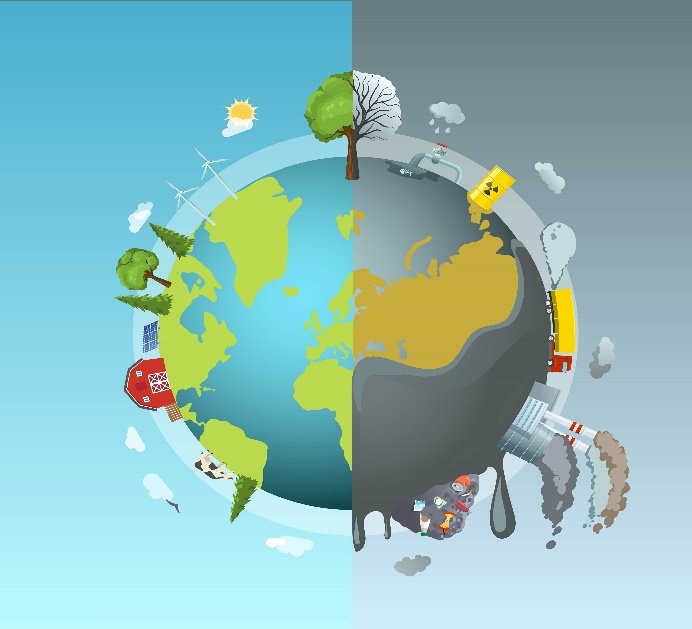
3. Horrific Truths Hiding in Consumerism
Ecological Devastation: The synthesis and obliteration of products tailored for consumer satisfaction plays a significant role in environmental contamination and the depletion of indispensable natural resources. According to a report by the United Nations, the global material footprint has increased 70% from 2000 to 2017, evidencing the severe ecological impact of consumerism. This overconsumption contributes to deforestation, air and water pollution, and the extinction of species, emphasizing the urgent need for sustainable practices.
Financial Disturbance and Precariousness: The allure of innovative and cutting-edge products may entice individuals to exceed their fiscal boundaries, leading to indebtedness and economic instability. A study by the American Journal of Economics revealed that the average household debt in the United States has reached an alarming $137,063. The pursuit of materialistic aspirations often results in individuals compromising their financial security, demonstrating a global trend of fiscal irresponsibility fueled by consumerism.
Vocational and Familial Discord: The compulsion to uphold a consumer-centric lifestyle often induces individuals to prioritize their vocational obligations over domestic and relational bonds. A survey by the International Labour Organization indicated that over 36% of workers worldwide are working excessive hours, often to the detriment of their family relationships and personal well-being. This highlights the global issue of work-life imbalance perpetuated by consumerist values.
Ethical Conundrums: The unrelenting pursuit of economical acquisitions can result in substandard working conditions and meager compensation for laborers in underdeveloped regions. A report by the Global Slavery Index estimates that 40.3 million people are subjected to modern-day slavery, many of whom are forced to work in deplorable conditions to meet the demands of consumer-driven markets. This underscores the moral dilemmas posed by consumerism on a global scale.
Psychological Repercussions: The incessant inundation of promotional content, combined with societal edicts to conform to consumerist values, can detrimentally affect an individual’s self-esteem and overall satisfaction with life. A study by the World Health Organization estimates that over 264 million people worldwide suffer from depression, with societal pressures and stress being significant contributing factors. This sheds light on the worldwide psychological impact of consumerism and its role in exacerbating mental health issues.
4. The Enthralling Relationship Between Innovation and Consumer Culture
In the realm of pioneering product innovation, an influential force weaves its way into the very fabric of consumer culture. This transformative power doesn’t merely influence the way we live; it shapes the very expectations that consumers hold dear. To embark on this captivating journey, we shall delve into the wisdom of historical luminaries and the substantial weight of relevant statistics.
The moniker of Steve Jobs, a colossus of prescient leadership, remains indelibly etched within the annals of innovative product development. In his capacity as a progenitor of Apple Inc., Jobs was at the helm of fashioning iconic masterpieces such as the iPhone, iPad, and MacBook. His unwavering tenacity in traversing the frontiers of technology and design resonated with a seismic potency, irrevocably transfiguring the tableau of consumer aspirations.
Particularly, the iPhone ignited a tumultuous reformation within the smartphone domain, transmuting annual product debuts into cultural phenomena. This subsequently inculcated within the populace a fervent anticipation and receptivity towards regular technological enhancements, thereby significantly augmenting the prevalent culture of consumerism.
As we immerse ourselves in the abyss of statistical information, it is discernible that coinciding with the iPhone’s inaugural appearance in 2007, global smartphone sales were recorded at a modest 122 million units. In stark contrast, this number astronomically escalated to an astounding 1.3 billion units by the year 2020. These statistics incontrovertibly attest to the swift adoption and insatiable consumer craving for technological wonders.
Next, our gaze retreats into antiquity, where we encounter Henry Ford, a venerable luminary amongst innovative product architects. Ford’s ingenious integration of the assembly line and mass production techniques precipitated a profound metamorphosis, altering not merely the affordability of automobiles but also the essence of human existence. Consequently, the automobile, erstwhile a token of opulence, transformed into a symbol of progress and liberation, thereby indelibly reshaping the human panorama.
Within the crucible of historical numerics, it is unveiled that in 1913, Ford’s innovative assembly line contrived to manufacture an automobile within a mere 93 minutes, a significant reduction from the previously requisite 12 hours. This groundbreaking stride precipitated a dramatic plummet in the Model T Ford’s price, descending from $850 in 1908 to an accessible $290 by the year 1927. This newfound affordability inaugurated a new epoch of consumerism as automobiles became attainable for a more expansive demographic.
In our contemporary epoch, the advent of social media platforms, shepherded by visionaries such as Mark Zuckerberg, has undeniably imprinted an indelible mark upon consumer culture. These platforms have not solely engendered innovative conduits for communication and self-expression; they have concurrently evolved into formidable nexuses of consumption. These platforms tenaciously promulgate products and trends via the efficacious mechanisms of influencer marketing and meticulously targeted advertisements.
Facebook alone was host to a staggering 2.8 billion monthly active users. This formidable number serves as a resounding testament to the colossal influence and omnipresence of such platforms in our contemporary society. They have seamlessly integrated themselves into the very fabric of our daily lives, thereby redefining the modalities through which we discover, interact with, and ultimately, consume products. In this regard, they occupy an indispensable niche within the intricate tapestry of consumerism.
In summation, it remains unequivocal that pioneering product development, spearheaded by luminaries such as Steve Jobs, Henry Ford, and Mark Zuckerberg, occupies a pivotal position in the edifice of consumer culture. Through their trailblazing inventions, they have not solely satiated extant consumer needs but have also astutely spawned novel desires and expectations. The bedrock of statistical evidence serves to magnify the monumental magnitude of these transformations, thereby reinforcing their perpetual resonance within the intricate mosaic of our society.
5. The Power of Brand Cultivation: Transforming Consumer Culture
Brand development is an intricate process of fostering a brand’s essence, façade, and prestige. This pivotal mechanism plays an instrumental role in molding Consumerism ethos, subsequently influencing the interaction between clientele and both products and corporate entities. Let us delve into this discourse by drawing on anecdotal instances from eminent brands, supplemented with pertinent quantitative data.
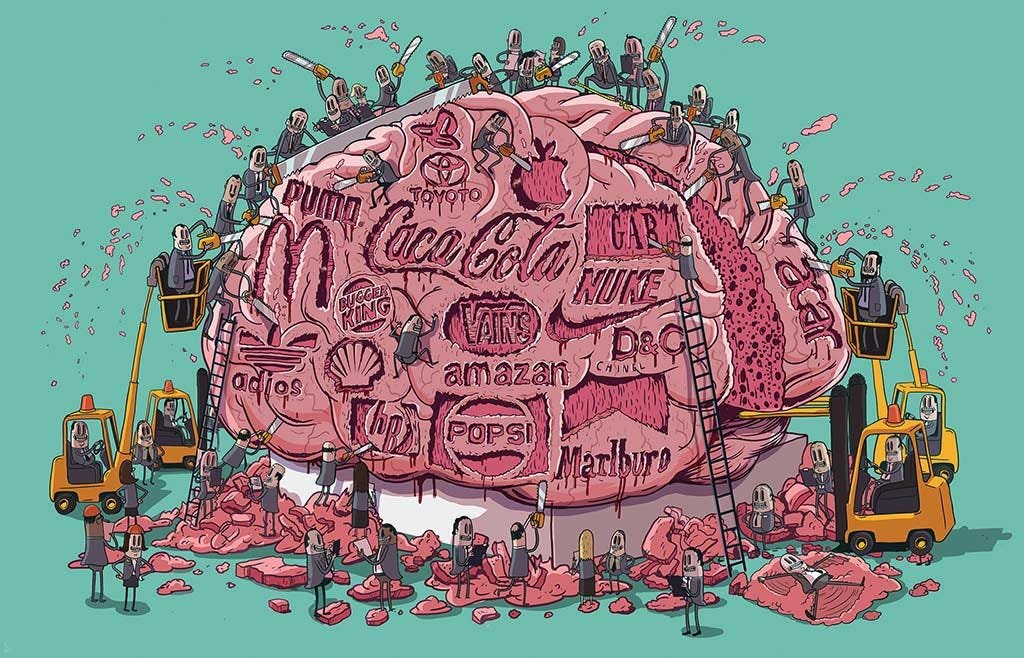
Coca-Cola is a paragon in the realm of brand allegiance. The enterprise has meticulously nurtured its brand via unwavering promotional endeavors encompassing memorable advertisements coupled with its emblematic crimson and alabaster insignia. This has led to the brand becoming emblematic of jubilation, nostalgia, and invigoration. Globally, this has fostered a profound sentimental bond between consumers and the brand. In the realm of quantitative data, Coca-Cola reigns supreme among the global brand hierarchy.
According to Interbrand’s 2020 Best Global Brands dossier, Coca-Cola clinched the 6th berth, boasting a brand worth in excess of $80 billion, thereby testifying to the immutable influence of brand development on consumer predilections.
Nike, another stalwart in brand stewardship, is celebrated for its campaigns such as “Just Do It” and its affiliations with sports luminaries including Michael Jordan and LeBron James. The brand’s advocacy for athletic prowess, performance, and innovation has recalibrated consumer ethos, propelling an active lifestyle and the quest for personal triumph. This is underscored by Nike’s financial acumen; in 2020, its coffers swelled to over $37 billion in annual revenue, a testament to the brand’s influence on consumer purchasing patterns.
Similarly, Apple Inc. stands as a beacon of brand development, with its unwavering commitment to innovation, aesthetics, and user congeniality. The brand’s product debuts, like the iPhone and MacBook, are highly awaited spectacles that galvanize consumer enthusiasm while fueling demand for cutting-edge technology. This is mirrored in Apple’s valuation; as of 2021, it is crowned as the globe’s most valuable brand by Forbes, with a valuation pegged at $263.4 billion.
To encapsulate, the crux of brand development is its profound impact on consumer ethos, meticulously sculpting perceptions, emotions, and actions. The success sagas of Coca-Cola, Nike, and Apple serve as exemplars of how adept brand cultivation can culminate in brand loyalty, advocacy, and fiscal prosperity. Moreover, quantitative metrics solidify the tangible outcomes of these endeavors and the lasting imprint of brands on consumer predilections and decisions.
6. The Intricate Dance Between Consumer Anticipation and Market Demand
Consumer anticipation—a keen expectancy for novel commodities or experiences—holds a pivotal position in the fabric of consumerism, catalyzing product demand, propelling economic advancement, and sculpting consumer conduct. In delving into this subject, we shall traverse the realm of consumer anticipation, buttressed by pertinent exemplars and numerical evidence.
Apple, a paragon in the cultivation of consumer anticipation, has transformed its product launch events, notably the iPhone revelations, into international phenomena. Enthusiasts not only participate in avid dialogues about potential features but also establish encampments outside retail establishments in anticipation of these unveilings. Such anticipation not only elevates sales but also cements the possession of the latest Apple gadget as a symbol of prestige.
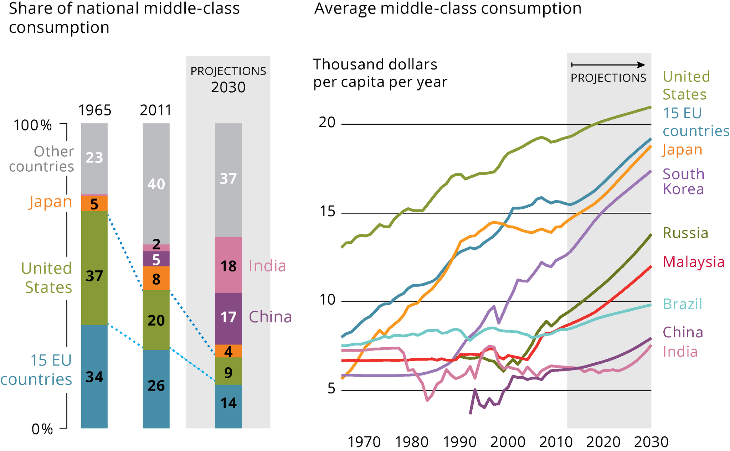
In statistical terms, Apple’s product launches routinely culminate in record-setting sales. The inaugural quarter of 2021 witnessed the corporation amassing $111.4 billion in revenue, a testament to the iPhone 12’s overwhelming consumer demand.
Similarly, Hollywood’s film industry leverages consumer anticipation to catalyze buzz and box office prosperity. Preeminent film franchises like the Marvel Cinematic Universe (MCU) astutely disseminate trailers and sneak peeks, thereby kindling anticipation among their aficionados. The result? Sizable audiences during opening weekends.
From a statistical standpoint, MCU productions consistently triumph at the box office, with “Avengers: Endgame” accruing over $2.798 billion globally, thereby clinching the title of the highest-grossing film hitherto September 2021.
Moreover, the fashion industry harnesses consumer anticipation through its seasonal collections and runway extravaganzas, which are meticulously designed to whet consumer appetites for upcoming styles. The global apparel market, valued at approximately $1.5 trillion in 2020 according to Statista, thrives on this cyclical anticipation, thereby fueling sustained consumer expenditure.
In conclusion, consumer anticipation is an influential juggernaut shaping the consumerism landscape, kindling excitement and desire, while concurrently driving product demand and economic progression. Entities ranging from Apple to the film and fashion sectors astutely wield anticipation as a strategic tool to bolster sales and fuel market growth, with the statistical data serving as irrefutable testimony to this phenomenon’s tangible outcomes.
7. How Economic Implications Influence the Psychology of Consumerism
Economic implications hold paramount importance in molding the Consumerism culture. A plethora of economic elements, namely income echelons, vocational prospects, price inflation, alongside governmental ordinances, substantially sway the consumptive ethos and behavioral inclinations of individuals.
Delving into the intricate tapestry of economic implications upon consumer culture, we shall traverse through an assortment of illustrations and quantitative elucidations. Income strata and its correlativity with consumptive outlays stands as a pillar of consumerism. An escalation in one’s pecuniary resources directly translates to a heightened propensity for material acquisition, thereby engendering a societal milieu that places premium value upon possession accrual and an elevated living paradigm. For instance, the U.S.A’s Personal Consumption Expenditure (PCE) serves as a bellwether for gauging consumptive spending.
In the year of 2020, the PCE comprised a staggering 67% of the national GDP, thereby underscoring the immense economic ramifications wrought by consumerism.
Moreover, the vocational landscape and the availability of employment opportunities are inextricably linked to consumer culture. A robust job market coupled with a plethora of employment avenues invariably bolsters consumer confidence, thereby acting as a catalyst for spending. In contradistinction, economic recessions coupled with skyrocketing unemployment rates act as harbingers of cautious spending and diminished consumer confidence.
To elucidate this further, the tumultuous times of the COVID-19 pandemic wrought havoc upon consumer behavior, with a record 14.7% plummet in U.S. retail sales in April 2020, as individuals grappled with the financial maelstrom unleashed by the pandemic. Furthermore, inflation, delineated as the incremental elevation in general commodity and service prices, acts as a formidable adversary to consumer purchasing prowess. An inflationary milieu, characterized by escalating cost of living, invariably alters consumptive patterns and preferences.
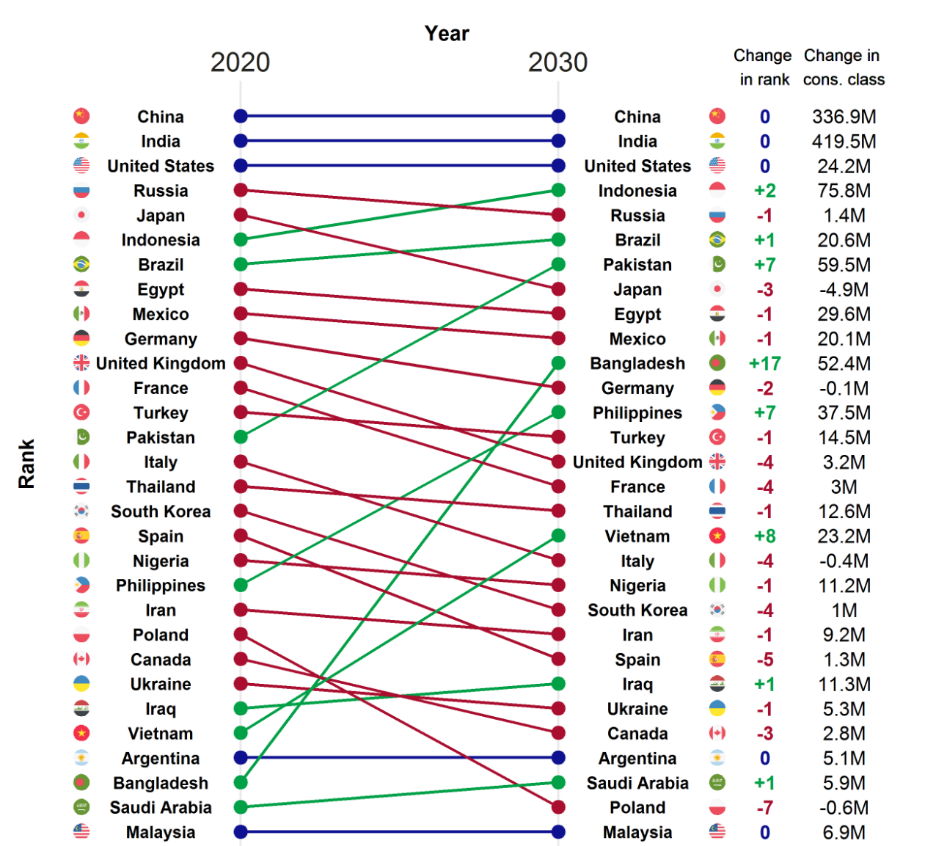
To quantify this, central financial institutions and economic savants meticulously monitor inflation rates. The Consumer Price Index (CPI) is a pivotal metric employed by the U.S. Federal Reserve for inflation gauging. The year 2020 witnessed a relatively benign inflation rate in the U.S.A, with a 1.2% annual CPI increment, subsequently influencing consumer confidence and spending propensities.
Moreover, governmental edicts, typified by stimulus packages and fiscal incentives, significantly impinge upon consumer spending. In the face of economic downturns, governmental bodies might deploy stimulus measures to rejuvenate consumer confidence and catalyze economic revitalization.
To illustrate this, the U.S.A’s Coronavirus Aid, Relief, and Economic Security (CARES) Act provisioned for direct pecuniary disbursements to individuals and augmented unemployment benefits, thereby contributing to a surge in consumer spending during the pandemic epoch, as disposable incomes witnessed an upswing.
In summation, economic implications, ranging from income echelons, employment vistas, inflationary trends, to governmental initiatives, significantly sculpt the Consumerism culture. The symbiotic interplay between economic facets and consumer behavior is further illuminated by statistical data pertaining to Consumerism spending, employment rates, and inflationary trajectories. These economic determinants are pivotal in shaping consumptive attitudes and behaviors, thereby leaving an indelible imprint upon both individualistic choices and the overarching Consumerism culture.
8. The Mesmerizing Effect of Market Trends on Shopping Habits
In the ever-evolving realm of Consumerism, the intricate dance between market trends and competition serves as a pivotal catalyst, molding the tapestry of Consumer behavior, predilections, and the overarching culture of consumption. Our journey now delves into the multifaceted relationship between these two titans, buttressed by exemplary instances and empirical insights.
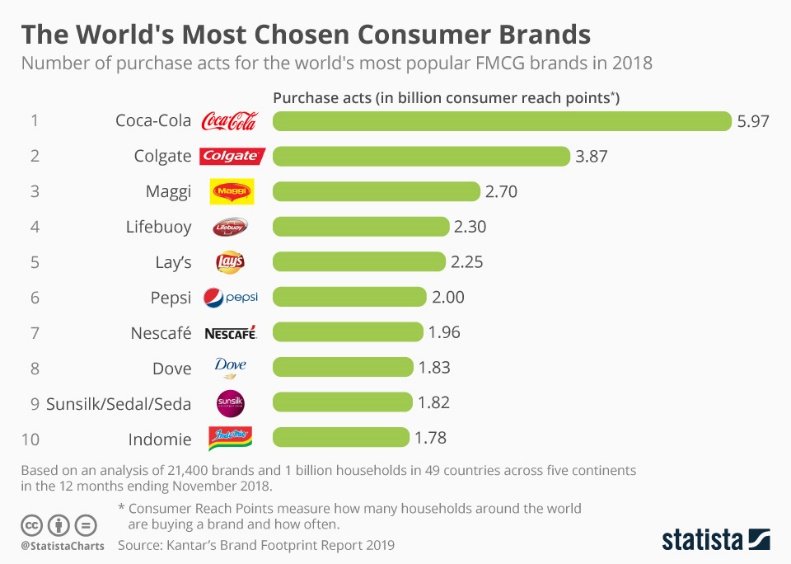
Market Trends and Innovation: The pulsating heartbeat of market trends is invariably linked to a perpetual cycle of product and service innovations. Companies, in their quest for competitive supremacy, perpetually launch enhanced and avant-garde offerings, kindling the flames of consumer intrigue and expectancy. Take, for instance, the meteoric ascent of smartphones, replete with expansive screens and top-tier cameras, which has recalibrated consumer culture towards a tech-savvy panorama peppered with incessant upgrades.
A cursory glance at statistical data, with a nod to Statista, reveals that in the annus mirabilis of 2020, the global smartphone bazaar witnessed the exchange of approximately 1.38 billion units, a testament to the insatiable consumer appetite fueled by ceaseless technological strides.
Competitive Pricing and Consumer Choices: The competitive cauldron among businesses often brews strategies centered around pricing acumen, much to the consumer’s delight. Brands frequently extend the olive branch of promotions, rebates, and fidelity incentives, all in a concerted effort to court and retain patronage. This competitive spirit acts as the wind beneath the consumer’s wings, propelling them towards a realm of myriad choices and price-conscious modus operandi.
Echoing this sentiment, the ubiquity of Consumerism price comparison platforms and applications has witnessed an uptick, encapsulating the essence of competitive pricing within Consumerism culture. Statista’s 2020 survey lends credence to this notion, highlighting that a substantial 69% of U.S. respondents leaned on Consumerism price comparison tools prior to making a purchase.
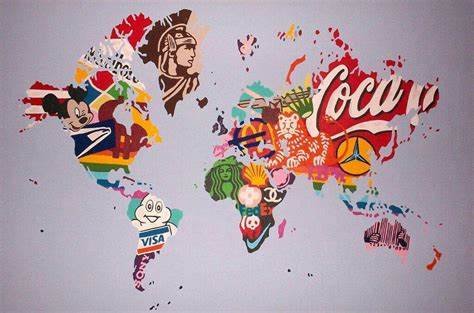
Brand Loyalty and Differentiation: The crucible of competition invariably spurs brands to carve out their unique identity, be it through branding nuances, superior quality, or unique product features. This differentiation often culminates in the germination of brand loyalty. The classic duel between beverage behemoths Coca-Cola and Pepsi, with their emblematic marketing forays, stands as a testament to this phenomenon.
The fiscal repercussions of brand loyalty are far-reaching, as evidenced by Coca-Cola’s towering presence in the global brand echelon. Their 2020 fiscal report card gleams with a revenue in excess of $33 billion, a stark testament to the financial windfall that brand loyalty can bestow.
E-Commerce and Online Competition: The burgeoning realm of e-commerce has ratcheted up the intensity of competition in the virtual marketplace. Consumers, now armed with a plethora of product options and seller portals, find themselves in a transformed shopping utopia characterized by convenience and instant gratification. This evolution has paved the way for the advent of online marketplaces, further augmenting the consumer’s shopping experience.
A glance at the statistics unveils the prodigious growth trajectory of Consumerism in e-commerce. According to the U.S. Census Bureau, Consumerism transactions in the U.S. comprised approximately 14% of the total retail sales in 2020, amassing a staggering $791 billion.
To encapsulate, the formidable duo of market trends and competition serves as the linchpin in the grand tapestry of consumerism. Innovations, sagacious pricing strategies, brand loyalty, and the burgeoning sphere of e-commerce represent just a smattering of the myriad ways in which these forces sculpt the consumer’s world.
The infusion of statistical data acts as a clarion call, elucidating the consumer’s navigation through the tumultuous seas of competition in various industrial landscapes, thereby underlining the symbiotic relationship that exists between market trends, competition, and the vibrant culture of consumerism.
9. How Global Impact is Driving Changes in Consumerism
The plethora of factors such as global happenings, fiscal climates, and cultural amalgamation plays a cardinal role in molding Consumerism culture across the planet. This web of interconnectedness unfurls the canvas of globalization upon Consumerism culture, sculpting the global populace’s interaction and perception of diverse products and trademarks.
Global Incidents and Fads: Pivotal global incidents, like the pandemic COVID-19 or the pervasive concerns of climate metamorphosis, cast a monumental shadow on the canvas of consumer culture. For instance, the pandemic was the catalyst for burgeoning trends like remote occupations and digital commerce, necessitating an evolutionary shift in consumer proclivities as humanity grappled with this newfangled reality.
As per statistical revelations by the U.S. Department of Commerce, the epoch of COVID-19 witnessed a colossal amplification in digital commerce, with online sales in the United States catapulting by 44% in 2020, encapsulating a monetary value of $861 billion.
Cultural Exchange and Fusion: The intermingling of diverse cultures, a byproduct of globalization, acts as a confluence that shapes consumer inclinations and vogues. The global citizenry is now privy to an eclectic array of culinary delights, sartorial choices, and entertainment avenues, culminating in a melange of cultural elements that find representation in consumer selections. This cultural symbiosis has given birth to innovative products like fusion cuisine or sartorial trends that are a testament to the amalgamation of various cultural fragments.
The World Trade Organization’s 2019 report underlines this trend, with the global food trade swelling to a staggering $1.52 trillion, indicative of the burgeoning quest for diverse culinary experiences propelled by cultural interchange.
International Brands and Market Penetration: The infiltration of international trademarks into untapped markets stands as a pillar in the edifice of consumer culture. Quintessential brands such as McDonald’s, Coca-Cola, and Starbucks have emerged as emblematic symbols of globalization, steering not just consumer choices but also modulating the very manner of consumption. McDonald’s boasts an impressive presence in over 100 countries, with its golden arches illuminating more than 39,000 eateries worldwide. Similarly, Starbucks has unfurled its green aprons in over 32,000 stores across 83 markets.
These statistics are a testament to the colossal imprint these brands have etched on global consumer culture.
Environmental and Societal Accountability: The burgeoning global dialogues surrounding climate flux and societal accountability have acted as catalysts, reshaping consumer perceptions and selections. The modern consumer is in pursuit of products that are not just sustainable but also ethically sourced. This shift in consumer ethos is palpably evident in a Nielsen survey, where 66% of global consumers expressed their willingness to loosen their purse strings for brands that champion sustainability and ethicality.
In summation, the global tapestry of diverse factors intricately weaves its influence upon consumer culture, molding and modulating trends, predilections, and comportments on a global stage. The treasure trove of statistical data serves as a compass, guiding us through the labyrinth of consumer choices, while simultaneously laying bare the indelible impact that globalization and global incidents etch upon the ethos of consumerism.
10. The Surprising Connection Between Sustainability and Consumer Joy
The paradigm shift towards sustainability has profoundly impacted the ethos of consumerism, engendering transformative changes in the patterns of consumption, inclinations, and operational modus operandi of commercial entities. With the burgeoning cognizance of ecological and societal imperatives, the contemporary consumer conscientiously incorporates sustainability metrics into their procurement paradigms.
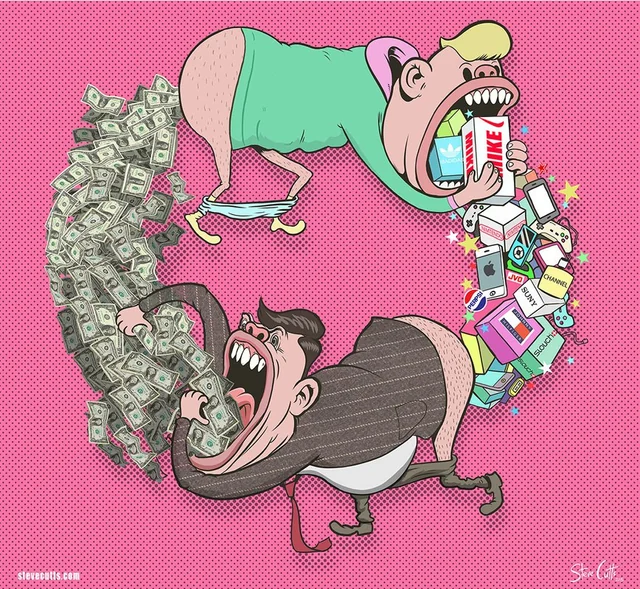
Allow me to delineate the manner in which sustainability considerations are molding the tapestry of consumer culture, with corroborative examples and pertinent quantitative insights.
When it comes to product selection, today’s discerning consumers are gravitating towards goods that are not only benign to the environment, but also ethically fabricated, thereby minimizing their ecological footprint. This predilection for eco-conscious products has precipitated the emergence of sustainable alternatives in myriad industries ranging from apparel to gastronomy. A seminal 2021 Nielsen survey reveals that a staggering 73% of global patrons are amenable to tweaking their consumption habits to mitigate their environmental impact, thereby underscoring the monumental influence of sustainability on consumer choices.
Moreover, numerous brands have risen to the occasion, seamlessly weaving sustainability into the very fabric of their business ethos. Such brands, epitomized by the likes of Patagonia, have carved a niche for themselves, gaining traction and experiencing a surge in sales by resonating with consumers who seek to harmonize their values with their purchasing decisions. A pertinent 2020 Accenture study corroborates this trend, with 83% of the survey respondents advocating for the design of products with recyclability or reusability in mind.
Furthermore, the global movement aimed at curtailing the usage of single-use plastics has gained significant momentum, with a growing number of consumers opting for reusable alternatives such as water bottles, grocery bags, and containers. The cascading effect of this shift is evident in the valuation of the global reusable water bottle market at over $8.1 billion in 2018, as per Grand View Research.
The concept of a circular economy, with its emphasis on product longevity, reparability, and recyclability, is gaining traction. The groundswell of support for businesses that champion these principles is palpable, with consumers rallying behind enterprises that proactively extend the lifecycle of their products. The projected market value of circular economy products and services, estimated to reach a colossal $4.5 trillion by 2030 as per a 2021 Ellen MacArthur Foundation report, further attests to the economic clout of sustainable practices.
Lastly, the global legislative landscape is also evolving, with governments instituting a plethora of regulations aimed at addressing sustainability challenges, such as the reduction of carbon emissions and the proscription of certain single-use plastics. These legislative measures are not only shaping consumer behavior but are also acting as a catalyst for sustainable practices.
In summation, the inexorable march towards sustainability has irrevocably altered the fabric of consumer culture, acting as a catalyst for the proliferation of sustainable brands and products, while concurrently fostering a milieu that is conducive to environmentally conscientious choices. The wealth of statistical evidence available serves as a testament to the profound impact of sustainability on both consumer behavior and corporate strategies.

